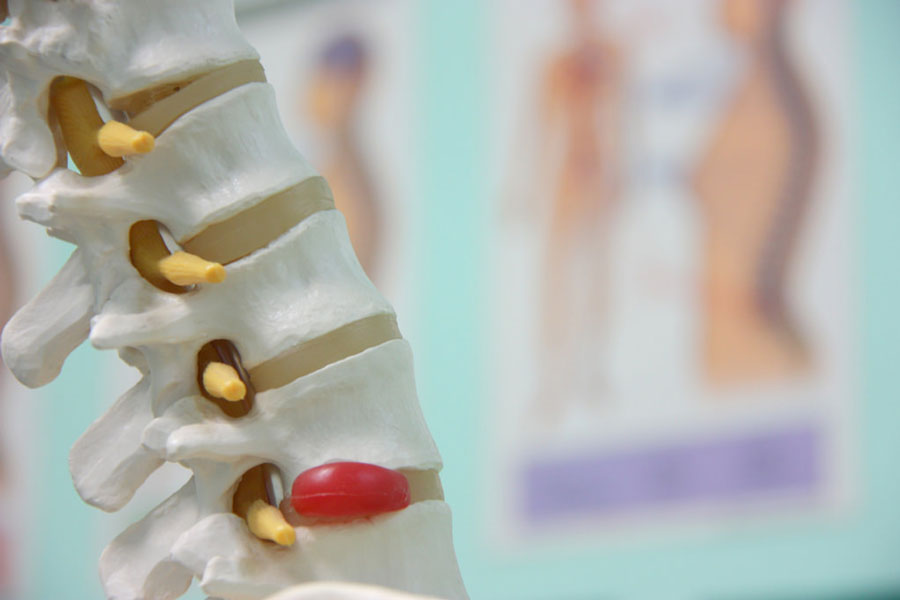Pain is a complex and often crippling experience that influences millions of individuals worldwide. It can appear in various types, from acute pain following an injury to chronic pain that continues for months or even years. Grasping pain and its underlying mechanisms is crucial for effective management and relief. This is where pain management services and therapies come into play, providing a comprehensive approach to enhancing well-being for those suffering from persistent discomfort.
In this article, we will explore the different kinds of pain and how they can be managed, the distinctions between acute and chronic pain, and the variety of therapies available. From physiotherapy and chiropractic to innovative treatments like acupuncture and regenerative medicine, we will delve into the science behind pain and how various interventions can help individuals recover their lives. Additionally, have a peek at this website will discuss the importance of mental health in pain management, the impact of lifestyle and dietary choices, and the emerging options for pain relief that exclude traditional medications. Whether you're seeking solutions for arthritis, migraines, or lower back pain, this manual will provide valuable insights into the many ways to manage and alleviate pain.
Understanding Pain Management
Pain management is a comprehensive strategy to treating pain through multiple interventions and strategies. It intends not only to lessen the severity of pain but also to enhance the overall quality of life for individuals suffering from short-term or chronic conditions. Effective discomfort management involves grasping the nature of pain, acknowledging its influence on daily life, and employing diverse strategies tailored to each individual’s needs.
There are various forms of pain, which can be broadly classified into short-term and chronic pain. Short-term pain typically arises from injury or operation and is usually brief, diminishing as the body recovers. On the other hand, chronic pain persists for weeks or even years, often requiring regular management strategies. Understanding these differences is crucial, as the treatment options may vary significantly based on the underlying condition, the duration of discomfort, and the patient's overall well-being.
Discomfort control clinics hold a important role in providing holistic care through a mixture of medical treatments, physical therapies, and psychological support. These clinics are prepared to manage discomfort from a complete perspective, combining various methods such as medication, physical therapy, and complimentary treatments to achieve maximum discomfort alleviation. By tackling discomfort control comprehensively, these clinics strive to empower patients to reclaim their lives and improve their ability to participate in everyday tasks without the burden of chronic pain.
Healing Approaches to Pain Management

Healing methods to pain management encompass a variety of interventions designed to tackle both the somatic and mental aspects of pain. One notable technique is physical care, which aims to build muscle strength, boost range of motion, and improve overall fitness. Through personalized activities and methods, physical therapists help clients build resilience against discomfort, particularly in conditions like chronic back pain or rheumatoid arthritis. This practical method not only encourages healing but also equips individuals with tools to cope with their discomfort in daily life.
Another important method is chiropractic care, which focuses on the musculoskeletal system and its contribution in discomfort. Chiropractic practitioners utilize spinal adjustments and adjustments to alleviate pain, restore functional movement, and improve overall body function. Many patients report substantial pain relief and enhanced mobility after chiropractic treatments, often finding this technique particularly beneficial for issues like nerve pain and stress headaches. Additionally, chiropractors often include wellness recommendations and physical activity suggestions, ensuring a more comprehensive strategy to pain management.
In addition to these physical treatments, alternative approaches like acupressure offer special qualities for alleviating pain. This ancient Chinese medicine technique involves inserting thin needles at specific points on the body to activate the body's healing response and encourage natural healing. Scientific evidence have shown that acupuncture can effectively alleviate pain from conditions such as chronic headaches, muscle pain, and joint pain in the knee. By combining these pain management strategies, individuals looking for pain management can create a holistic approach that addresses not only the signals but also the root causes of their discomfort.
Lifestyle and Natural Techniques for Pain Management
Incorporating lifestyle changes and holistic approaches into pain management can significantly enhance the quality of life for people dealing with chronic pain. Key lifestyle modifications include regular physical activity, maintaining a suitable weight, and promoting good sleep hygiene. Engaging in low-impact exercises such as walking, swimming, or cycling can reduce stiffness and increase mobility. Moreover, prioritizing rejuvenating sleep is vital, as inadequate rest can exacerbate pain sensations and diminish overall well-being.
Natural therapies such as mindfulness, meditation, and yoga also are important in managing pain. Mindfulness practices help individuals gain awareness of their body and mind, allowing them to manage pain. Techniques such as guided imagery or deep breathing can promote relaxation, thus reducing pain symptoms. Yoga, with its blend of physical postures, breathing exercises, and meditation, has been proven to improve flexibility, lessen muscle tension, and enhance mental resilience against pain.
Dietary changes can further aid pain relief through anti-inflammatory foods. Adding fruits, vegetables, nuts, seeds, and healthy fats can reduce inflammation and enhance joint health. Limiting processed foods, excessive sugars, and trans fats may also contribute in controlling pain levels. Overall, a comprehensive approach that includes these lifestyle and holistic methods can allow individuals to gain control over their pain and enhance their daily functioning.
